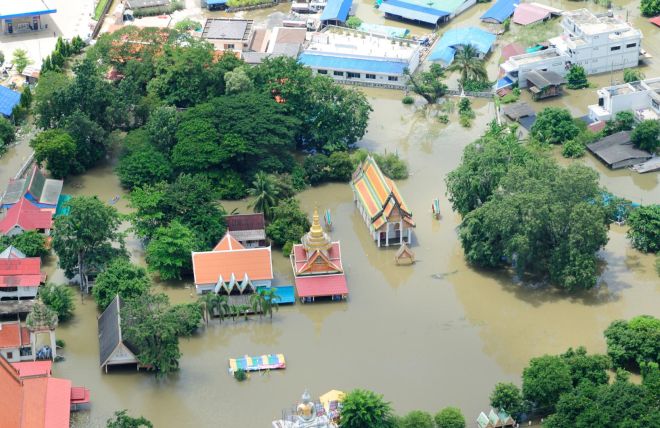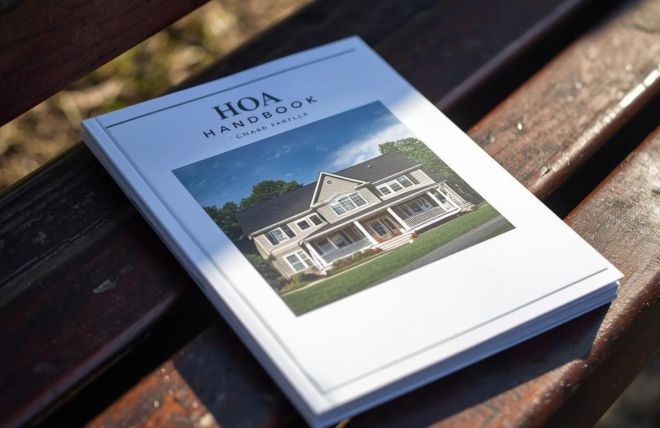Understanding the Wildfire Risk
Before you can effectively prepare for wildfires, it’s important to understand the specific risks your community faces. Factors such as proximity to forests, local weather patterns, and even the types of vegetation surrounding your community all play a role in determining your wildfire risk. Assessing these risks allows your HOA to tailor its preparedness plans accordingly.
Conduct a Wildfire Risk Assessment
The first step in wildfire preparedness is conducting a thorough risk assessment. This involves identifying potential fire hazards within and around your community, such as overgrown vegetation, wooden structures, and flammable landscaping materials. Engage with local fire authorities who can provide valuable insights and might even assist in performing the assessment.
Key Areas to Assess
- Vegetation: Identify areas where dry brush or dense vegetation is close to homes or common areas. These are potential fire hazards that should be cleared or managed.
- Building Materials: Check the construction materials used in your community’s homes and facilities. Structures built with fire-resistant materials are better equipped to withstand a wildfire.
- Access Routes: Ensure that roads and pathways are clear and accessible for emergency vehicles. Evaluate the evacuation routes to ensure residents can leave quickly and safely if needed.
Implement Defensible Space Guidelines
Defensible space is the buffer you create between a building on your property and the grass, trees, shrubs, or any wildland area that surround it. This space is essential to slowing or stopping the spread of wildfire, protecting homes from direct flame contact, and reducing the risk of fire spreading from one property to another.
Creating Defensible Space
- Zone 1: Within 30 feet of buildings, remove all dead plants, grass, and weeds. Keep trees and shrubs trimmed, and consider replacing highly flammable plants with fire-resistant ones.
- Zone 2: From 30 to 100 feet, reduce vegetation by thinning trees and shrubs. This minimizes the potential for fire to spread and gives firefighters a better chance to protect your property.
- Zone 3: Beyond 100 feet, gradually reduce the amount of flammable vegetation. While this area is further from your community’s structures, it’s still important to manage it to slow down a wildfire.
Develop a Wildfire Emergency Plan
Your HOA’s Emergency Plans should include specific protocols for wildfires. This plan should detail evacuation procedures, communication strategies, and roles and responsibilities for board members and volunteers.
Key Components of a Wildfire Emergency Plan
- Evacuation Routes: Clearly identify and communicate evacuation routes to all residents. Ensure these routes are accessible and free of obstructions.
- Communication Plan: Establish a reliable system to alert residents about a wildfire threat. This could include text alerts, emails, and social media updates. Best Practices for HOA Disaster Communication During and After.
- Emergency Supplies: Encourage residents to have emergency kits ready, including important documents, medications, and supplies like water, non-perishable food, and first aid kits.
Engage and Educate Residents
Community involvement is critical in wildfire preparedness. It's not enough for the HOA board to be prepared; every resident needs to be informed and ready to take action. To achieve this, your HOA should actively engage and educate residents about the importance of wildfire prevention and what they can do to help protect their homes and the community.
Resident Education Strategies
- Workshops and Drills: Organize workshops that focus on creating defensible space, emergency preparedness, and evacuation procedures. Conduct regular evacuation drills to ensure everyone knows what to do in case of a wildfire.
- Information Distribution: Provide residents with educational materials that outline best practices for wildfire prevention and preparedness. These can be distributed via email, posted on the community website, or handed out during HOA meetings.
- HOA Emergency Page: Your HOA website should feature a dedicated emergency page that provides up-to-date HOA Disaster Communication on wildfire risks, preparedness tips, evacuation routes, and emergency contacts. This page should be easily accessible and regularly updated with relevant information, especially during wildfire season.
- Voluntary Fire Mitigation Projects: Encourage residents to participate in community-wide fire mitigation projects, such as brush clearing days or tree-trimming events. These projects not only reduce fire risk but also foster a sense of community and shared responsibility.
Learn from Real-Life Experiences
Communities that have successfully navigated wildfires offer valuable lessons for others. By examining their strategies, successes, and challenges, your HOA can better prepare for similar situations.
Preparing your HOA for wildfires is not a one-time task; it requires ongoing vigilance, education, and community involvement. By conducting a thorough risk assessment, creating defensible spaces, developing a comprehensive emergency plan, and learning from the experiences of other communities, your HOA can significantly reduce the risks associated with wildfires. Taking these proactive steps will help protect your residents, their homes, and the overall community from the devastating effects of wildfires.
For more insights on disaster preparedness, visit our Disaster Readiness for HOAs: How to Plan for the Unexpected guide and explore how to build resilience with our post on Essential Steps for Community Resilience Before and After a Natural Disaster.
Sources
-
Federal Emergency Management Agency. (2024, March). Wildfire hazard information sheet. Ready.gov. https://www.ready.gov/sites/default/files/2024-03/ready.gov_wildfire_hazard-info-sheet.pdf
-
Federal Emergency Management Agency. (n.d.). Wildfire. FEMA. https://community.fema.gov/ProtectiveActions/s/article/Wildfire
-
Arrowsmith, L. (2023, August 7). Natural disaster statistics 2023. Forbes. https://www.forbes.com/advisor/homeowners-insurance/natural-disaster-statistics/
-
The Zebra. (2023). Natural disaster statistics for 2023. https://www.thezebra.com/resources/research/natural-disaster-statistics/
-
Specialty Fuel Services. (n.d.). Natural disaster statistics. https://specialtyfuelservices.com/natural-disaster-statistics/
-
Statista. (n.d.). Natural disasters. https://www.statista.com/topics/2155/natural-disasters/
-
National Weather Service. (n.d.). Hazardous weather statistics. https://www.weather.gov/hazstat/
-
Statista. (n.d.). Natural disasters. https://www.statista.com/topics/1714/natural-disasters/
-
Ritchie, H., & Roser, M. (2014). Natural disasters. Our World in Data. https://ourworldindata.org/natural-disasters
-
National Centers for Environmental Information. (n.d.). Billion-dollar weather and climate disasters: Summary stats. NOAA. https://www.ncei.noaa.gov/access/billions/summary-stats





